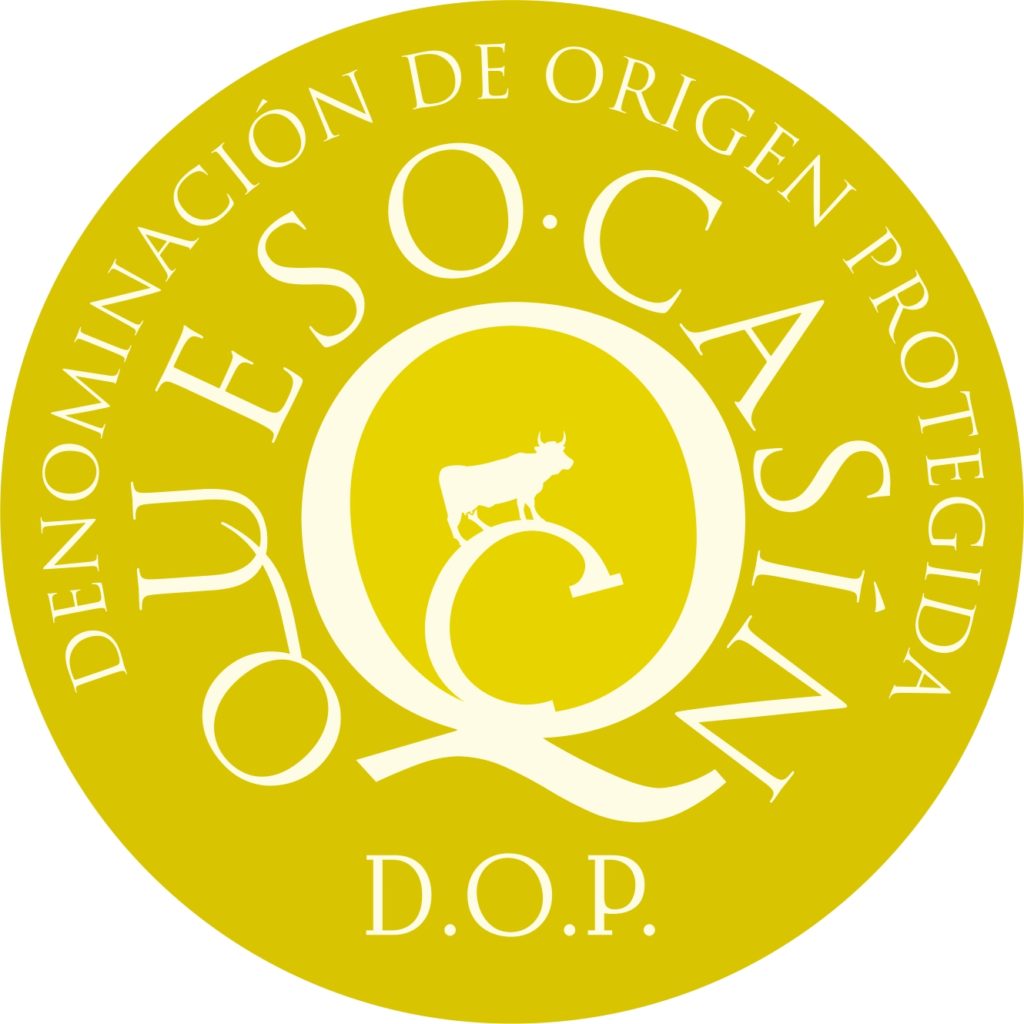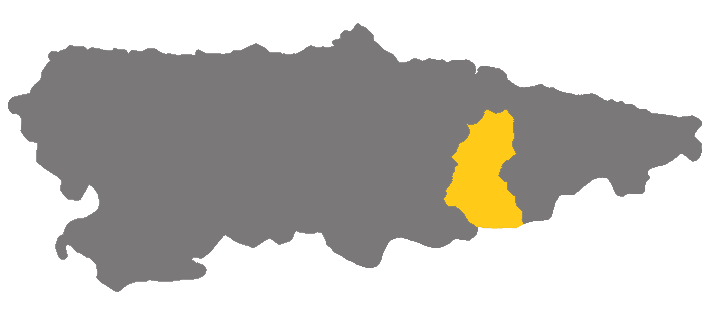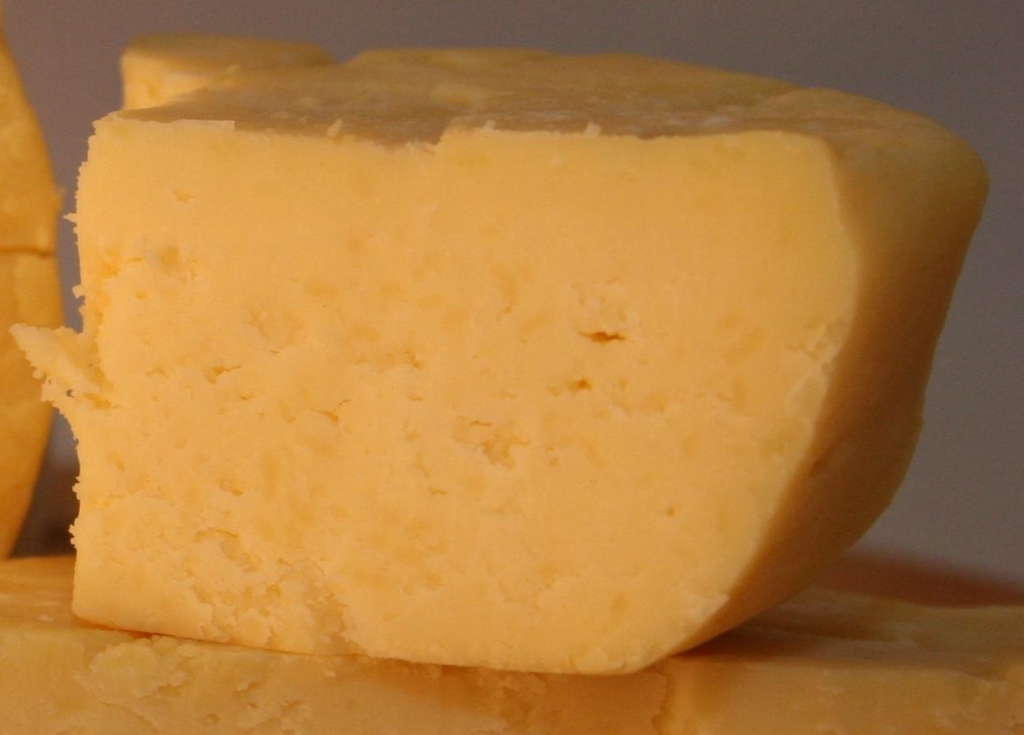
The Control Body of the Regulatory Council of the PDO ‘Casín’ will develop certification, surveillance and control functions, according to the criteria established by the European Standard UNE-EN 45011. It will carry out the product check to verify that it is originally from the area and meets the requirements established in the Specification:

Geographic area
The geographical territory that protects with the Protected Designation of Origin «Casín Cheese» is located in the southern area of Asturias, specifically in the center-east, coinciding with the Natural Park of Redes and its area of influence. The municipalities that make up the geographical area are: Caso, Sobrescobio and Piloña.
Production of milk for cheese production, ripening and packaging takes place in the delimited area.
Source material
Fatty and matured cheese made with whole and raw cow’s milk, through enzymatic coagulation and kneaded, with semi-hard or hard paste. The milk used to make PDO Casín cheeses will be obtained from healthy cows of the ‘Asturiana de la Montaña’ or ‘Casina’, ‘Asturiana de los Valles’ and ‘Frisona’ breeds, and their crosses.
Physical and organoleptic characteristics
- Type and presentation: Hard to semi-hard, matured from semi-cured to cured.
- Shape: Irregular cylindrical-discoidal, with a face engraved with floral, geometric patterns, symbols or names of the maker.
- Diameter about 10-20 cm and 4-7 cm high.
- Weight: Between 250 and 1,000 grams.
- Bark: Smooth, tenuous, it can be said that it has no crust, since ripening is uniform and simultaneous inside and outside, compact and bound mass
- Paste: Firm, friable, semi-hard to hard, yellowish color without eyes, although it may have small cracks.
Physicochemical characteristics
- Dry extract: 57% minimum
- Fat: minimum 45% on dry extract
- Protein: minimum 35% on dry extract

Maturation conditions
Maturation process will be completed in the ripening chamber at a temperature of 8-10º C, with a humidity of 80%.
Maturation is a process that begins at the same time as the curd is prepared and it will last at least two months, counted from the date of preparation of the curd. During this period the necessary turning and cleaning practices will be applied so that the cheese acquires its peculiar characteristics. In the ripening stage there are a series of physical and chemical changes that will give the cheese its final organoleptic qualities. Among the most important changes, in addition to the loss of water by evaporation, are the degradation of proteins in amino acids and fats in volatile substances, which will give rise to the fundamentals of cheese taste and smell.

